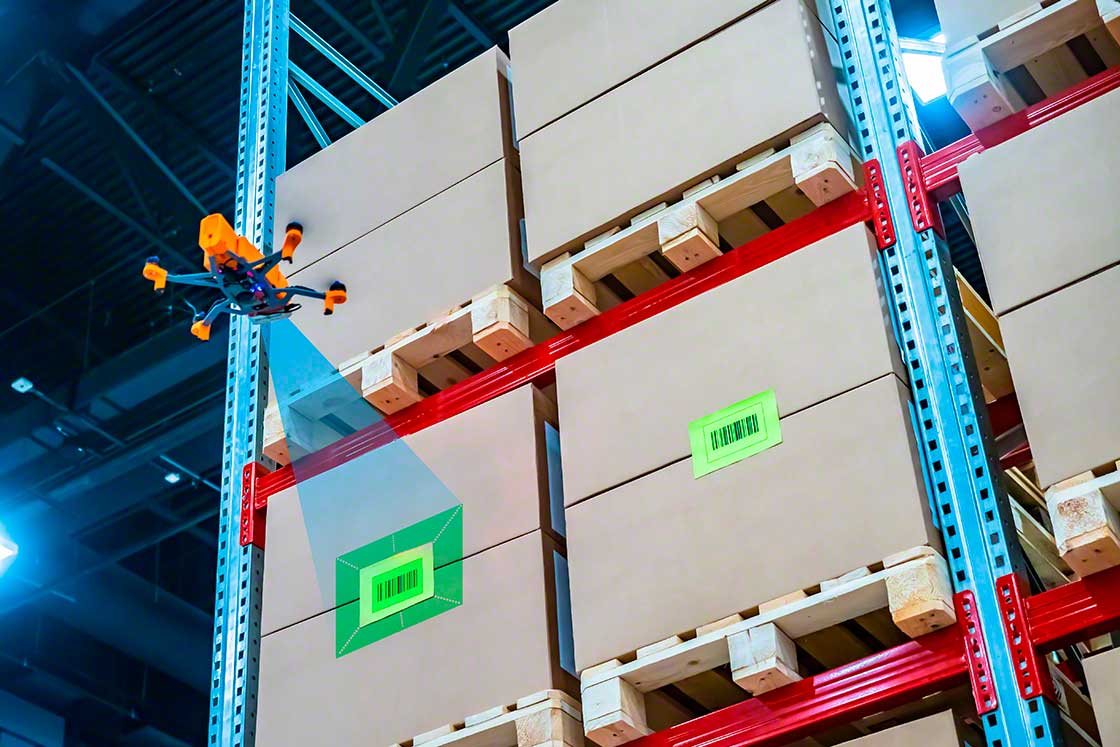Droni e logistica: gli effetti sul futuro del mercato immobiliare
We see them flying through the skies like tiny miniature planes and taking photos or videos of beautiful landscapes.
Drones were initially born in the military field especially for reconnaissance activities, since being cheaper and smaller than helicopters, they performed crucial military functions.
Over time, the range of drone applications has expanded into various sectors:
- Energy and infrastructure. Energy companies use drones to monitor their plants (from mines to wind farms).
- Agriculture and forestry. Drones are used to check the status of crops and detect irregularities. They are also used for both wildlife monitoring and forest fires detection.
- These technological tools monitor the progress of some buildings and are convenient for inspecting buildings.
- Cinema and photography. Drones create photographic or video reportages seen from the sky.
The use of drones is still growing significantly. In fact, during the pandemic, innovation grew and with it also the forms of use in which these devices are used. Among these, for example, the delivery of medical material, or the communication of guidelines on social distancing and sanitation of streets and premises.
Another sector where drones are finding a wide use is that of logistics, where the recent analysis carried out by the Research Department of World Capital, Last Mile Solutions, is concentrated.
Drones represent an element of innovation for supply chain processes. Their use inside the warehouses requires a new organization of the work spaces. By creating new operating processes, it is in fact necessary to optimize the interaction between the staff employed and the machinery.
Drones can find different applications in warehouses: identifying objects that are difficult to locate; carry out the inspection of the upper levels of the shelves; slip into storage areas where it would be difficult to access.
Furthermore, in the era of e-commerce, the near future will see a substantial growth in the use of drones for delivering goods to individuals. This solution would lead to an optimization of management and shipping costs, faster deliveries, both in rural and urban areas, a decrease in road transport, with a view to increasing sustainability.
The study examined two major companies: DHL and L’Oréal.
DHL Express has entered into a strategic partnership with autonomous air vehicle company EHang with the aim of launching a drone delivery project in China.
Not only are these devices expected to have vertical take-off and landing, but also visual identification capability, intelligent route planning, automated flight, and real-time connection and planning. In addition, the drones will be made able to cover a distance of approximately eight kilometers between the customer's headquarters and the DHL service center. The maximum weight it can carry will be 5 kilos.
The L'Oréal Group company uses a logistics platform, located in Vichy, to collect the finished products of its brands, store them and ship them to its fifty branches around the world. Since 2019 it has entrusted the task of carrying out the annual tax inventory to drones. This innovation has reduced lead times, covers all storage locations and improves worker safety. This new solution makes the inventory process more efficient, minimizing downtime and dedicating resources to customer care.
Technological advancement is always one of the priorities of large production and logistics plants, both in organizational and economic terms.
31% of operators in the logistics sector plan to implement the use of drones within the next three years, also exploiting them for aspects related to safety and warehouse inventory.
It is undeniable that drones are bringing about change and transforming industrial processes, leading companies to make positioning and real estate development choices related to the use of new technologies.


 Immobili Residenziali
Immobili Residenziali